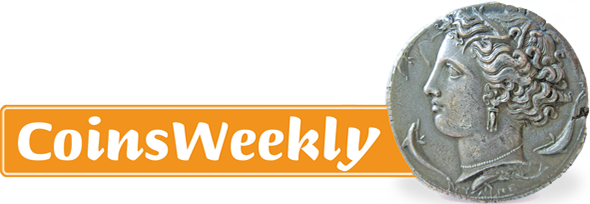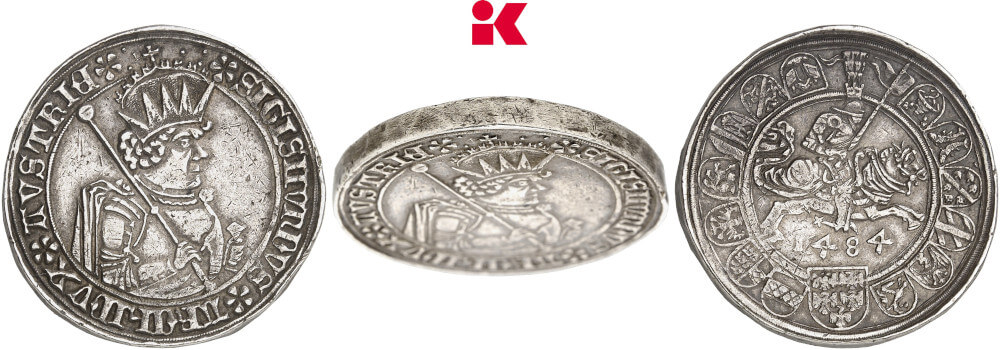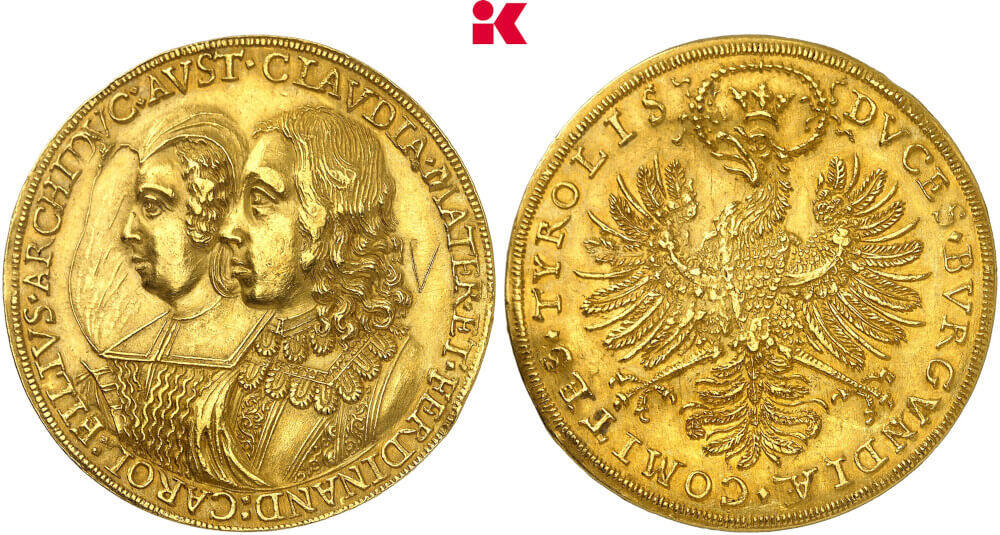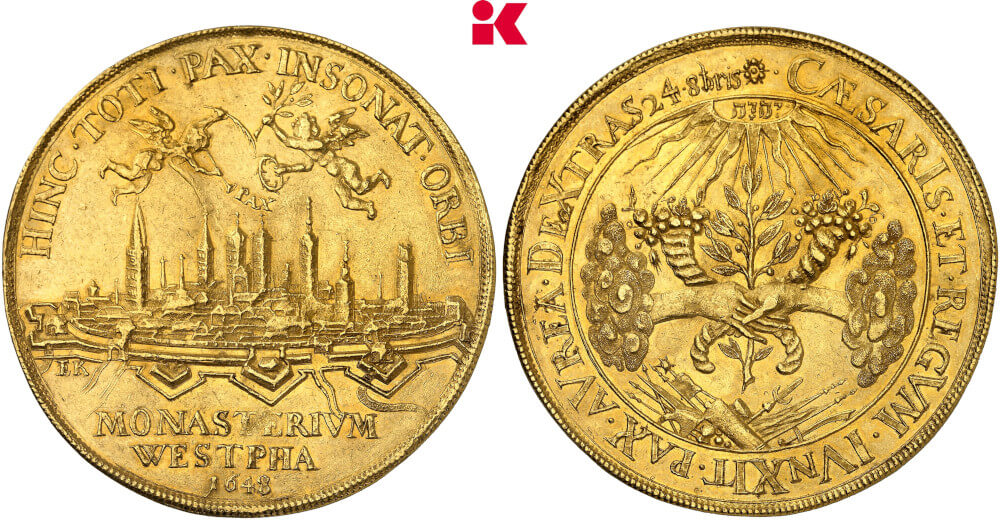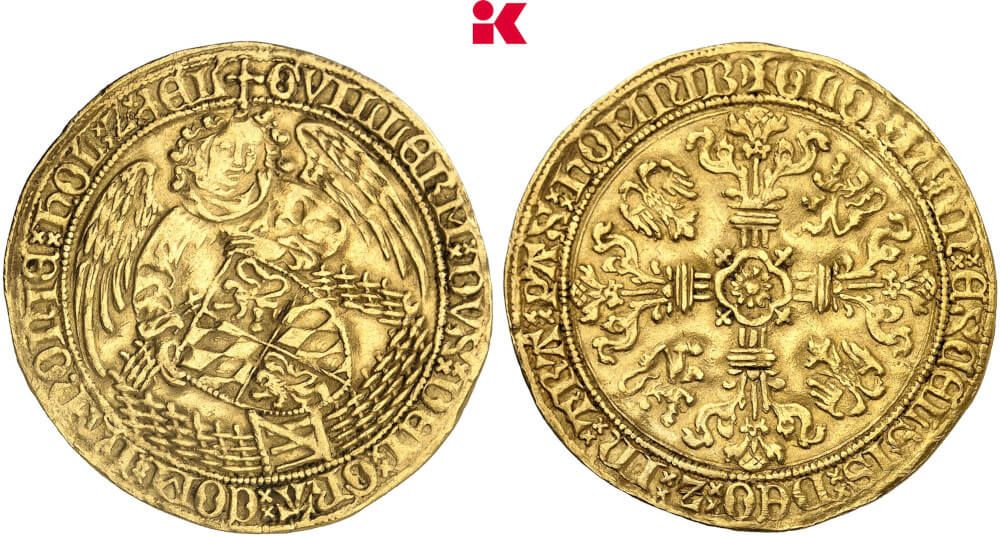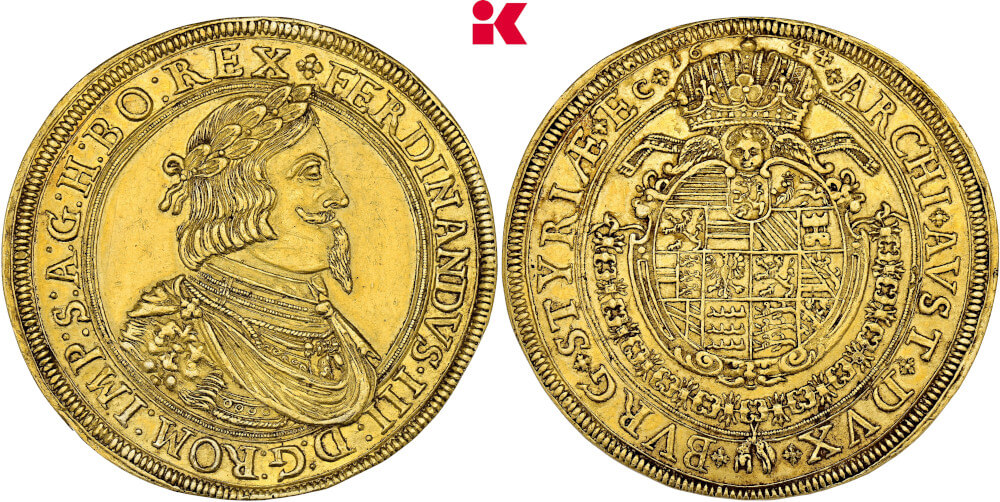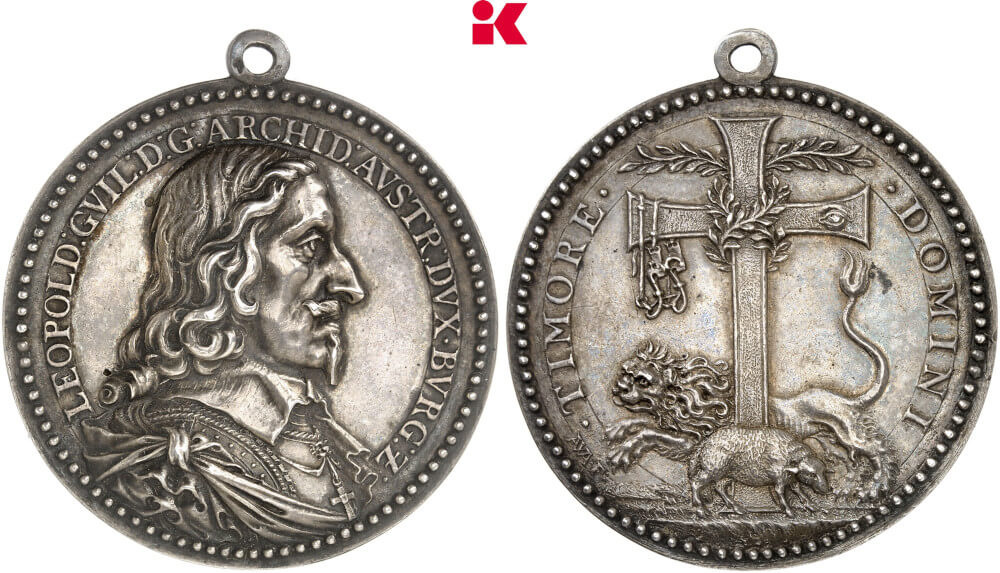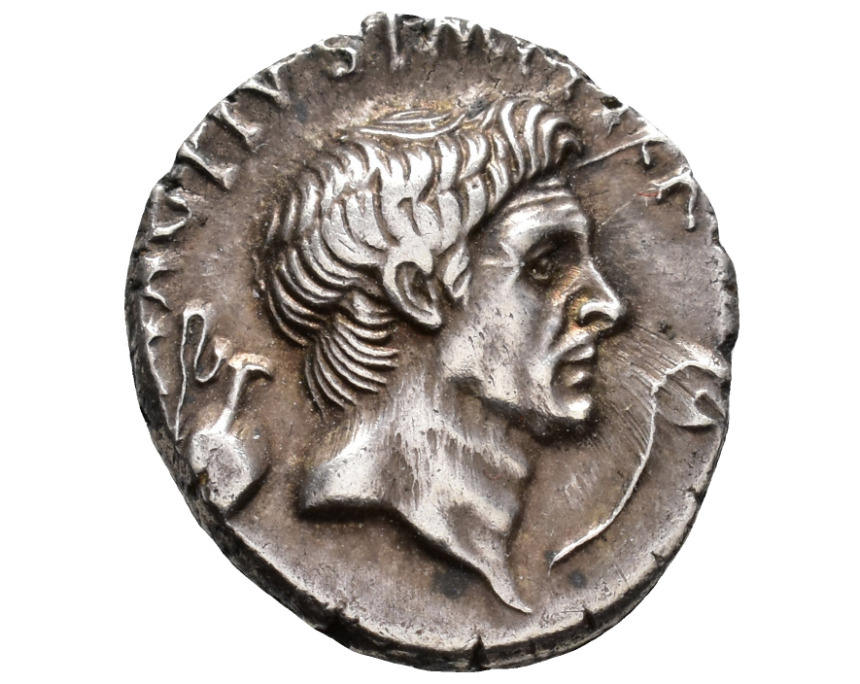A Rediscovered Collection of Roman Provincial Coins – Numisart Auction 11
Numisart
Auction 11 – Ancient Coins
Coins
29 June 2025
Online
Numisart presents Auction 11, featuring a hand-picked selection of 397 Ancient and Medieval Coins, including a rediscovered specialist’s collection of Roman Provincial Coins (Part 1). The sale will close on Sunday, June 29th, 2025, from 18:00 CEST on biddr.
Over 20 Years of Experience
Founded in 2001, Numisart is an auction house with international experience, a deep devotion to antiquity and a strong academic background. Over many years the gallery was located at Maximiliansplatz in the heart of Munich, exhibiting at renown art fairs in Munich, Salzburg and Palm Beach. Today, the small team of committed experts is based in Vienna, the birthplace of numismatics, holding regular auctions.
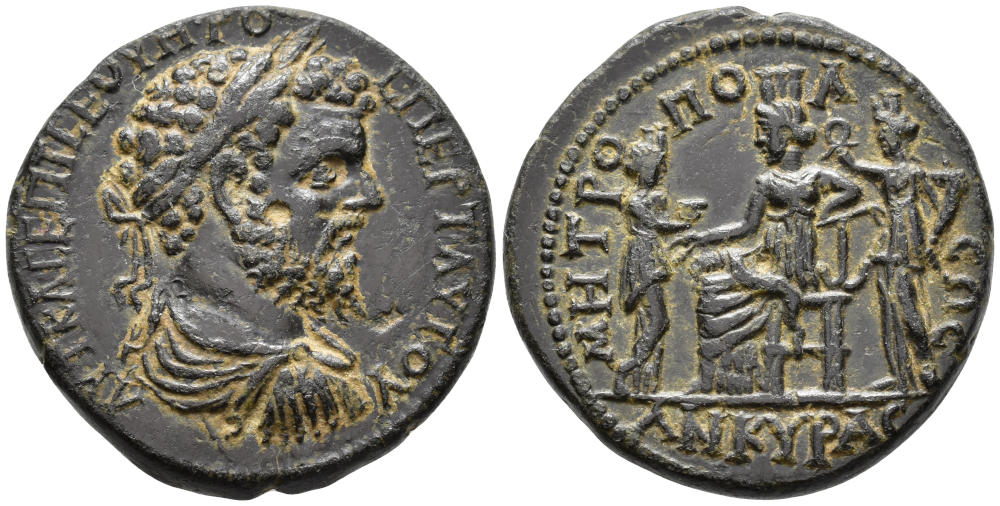
Lot 122: Galatia. Ancyra. Septimius Severus (AD 193–211). Second known and best-preserved specimen. Ex Gorny 1993. Starting Price: 150 EUR.
A Rediscovered Specialist’s Collection of Roman Provincial Coins – Part 1
Before diving into our ‘regular’ auction, we would like to share some background information on an exciting new consignment of notable and rare Roman Provincial Coins and illustrate a few highlights from this thrilling rediscovery.
When we first examined the collection, little was known about its history. It soon became clear, however, that it had been assembled over many years with deep expertise and a discerning eye. This first part of the collection – now up for auction – features 153 coins from 27 provinces and regions, and 75 mints, ranging from modern-day Spain to Egypt, with a strong focus on Asia Minor. The pieces were carefully selected, with condition and rarity being key criteria. Historical significance, iconography, and style likewise played an important role in the collector’s choices.
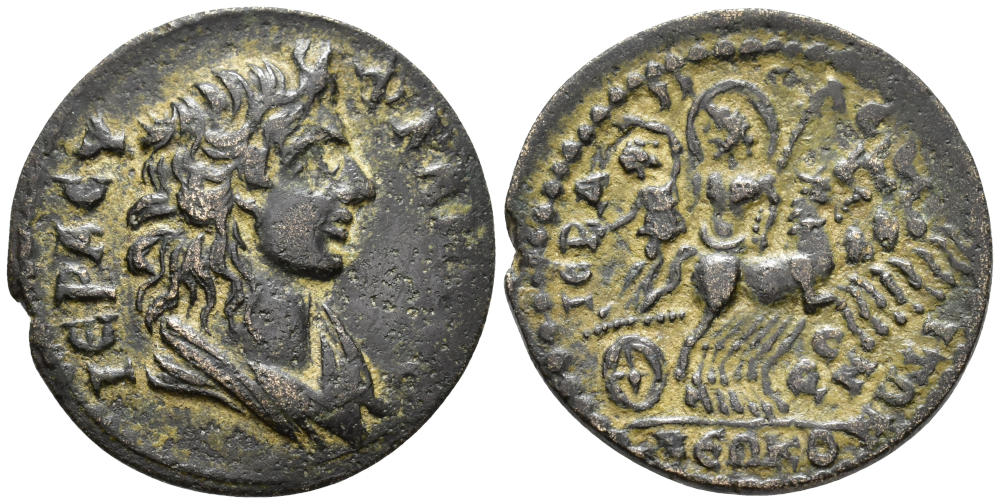
Lot 79: Phrygia. Hierapolis. Elagabal (AD 218–222). Very rare. Ex Hans von Aulock Collection (1906–1980). Starting Price: 120 EUR.
But why do we call it a ‘rediscovered’ collection?
While preparing the catalogue, we employed all available research tools: the Roman Provincial Coinage Online database (RPC Online), academic literature, auction catalogues, and the Numismatische Zentralkartei in Vienna (NZK). One of the first coins we were able to identify, was a bronze issue from Hierapolis in Phrygia, featuring the Abduction of Persephone – a coin of exceeding rarity. Upon closer examination, we discovered that it was the precise specimen illustrated in SNG von Aulock (Sylloge Nummorum Graecorum, Deutschland. Sammlung von Aulock).
Knowing that part of the collection was acquired at auction, we investigated further to uncover more provenances. To date, we were able to identify the provenances of nearly 20 coins, most of which were purchased on the German market during the 1990s, and we are certain that more attributions remain to be discovered.

Lot 203: Sextus Pompey, 43–35 BC. Denarius, military mint in Sicily, 37–36 BC. Splendid portrait of Pompeius Magnus. Starting Price: 900 EUR.
The Portrait of Pompeius Magnus
This coin type is an excellent example for the importance of coins for the study of ancient portraiture. Coins are the only ancient source that not only features a portrait of Pompeius Magnus but also includes an inscription that enables clear identification – a fortunate combination. Based on a comparison with the coins, it has been possible to attribute sculptured portraits to Pompey. Probably the most famous example is the head from the Tomb of the Licinii in Rome, now housed in the Ny Carlsberg Glyptotek in Copenhagen (Inv. 733).
The refined style and cabinet toning of the present coin emphasise Pompey’s individualised facial features and offer a valuable point of comparison with the Copenhagen portrait head.
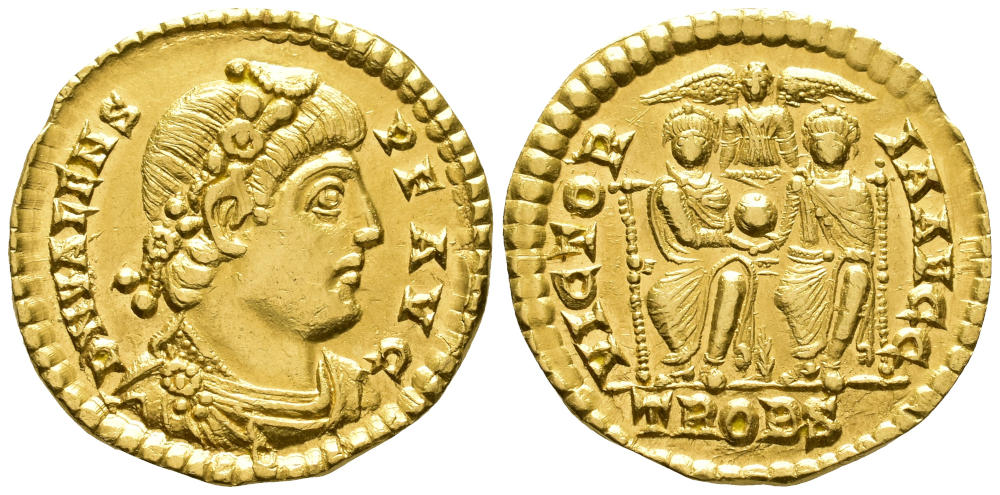
Lot 368: Valens (AD 364–378). Solidus, Treveri mint, AD 373–375. Lustrous specimen. Starting Price: 700 EUR.
A Lustrous Solidus from Trier
An important development that took place under the reign of Valentinian I and Valens is well illustrated by two coins featured in the auction: four weeks after his accession, Valentinian I appointed his brother Valens as co-emperor. He entrusted Valens with the eastern part of the empire, excluding Illyricum and Greece. As Senior Augustus, however, Valentinian retained ultimate authority. This arrangement can be seen as a significant precursor to the formal division of the empire in 395.
Our auction includes two solidi of Valentinian I and Valens minted between AD 373 and 375. Their imagery is very similar, with only minor details distinguishing the depictions of the two emperors. This visual sign of equality and concord is further emphasised by the reverse motif: the two emperors are shown seated on a double throne, jointly holding a globe – despite both coins being struck in Trier, the residence of Valentinian I.



